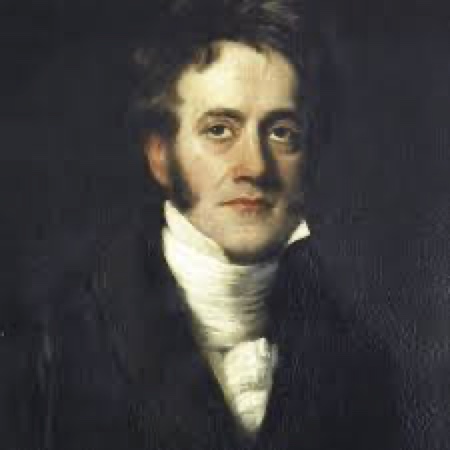
Photographers
Sir John Frederick William Herschel
1792 — 1871
Sir John Herschel was a scientist and astronomer, like his father, Sir William Herschel, who discovered Uranus. He floundered in his early schooling before focusing on math and at the youthful age of 21 he was elected as a fellow of the Royal Society of London. He worked on a variety of projects including carrying on his father's astronomical work studying the heavens with powerful telescopes.
As early as 1819 Herschel had discovered and published his experiments with silver and salts. He discovered the action of hyposulfite of soda on otherwise insoluble silver salts in 1819, which led to the use of "hypo" as a fixing agent in photography. Herschel also found that silver-bromide was extremely more light sensitive than any other silver salts
In 1839, independently of Henry Fox Talbot, Herschel also invented a photographic process using sensitized paper. It was Herschel who coined the use of the terms photography, positive, and negative to refer to photographic images.
In 1839, he photographed his father's 40-foot telescope and it is the earliest remaining photograph on glass to date. His experiments showed him that the glass negative could be used to create positives, or it could be 'smoked' or held against a black background to achieve a positive.
In parallel experiments, with iron salts, Herschel introduced blueprints which became the reproduction means of construction for well over a century. His wife, Constance Talbot, who was an artist ,is credited as the first woman ever to take a photograph - a hazy image of a short verse by the Irish poet Thomas Moore.
Last Updated on: 2024-02-28
